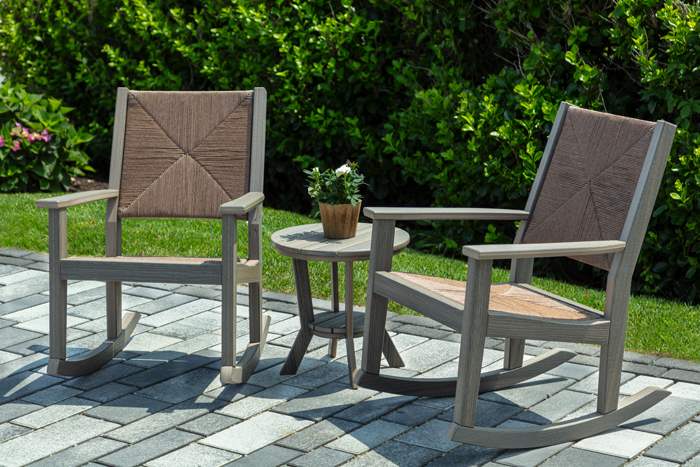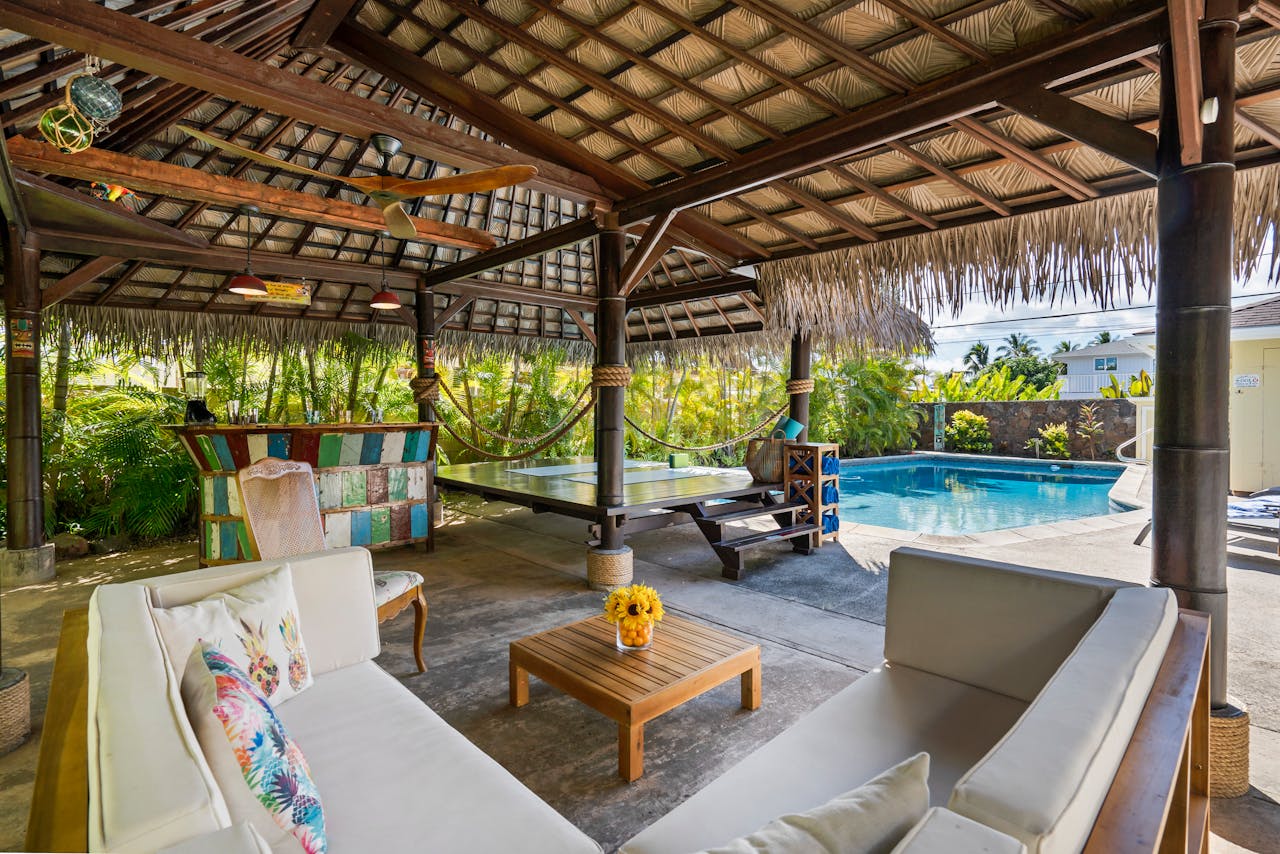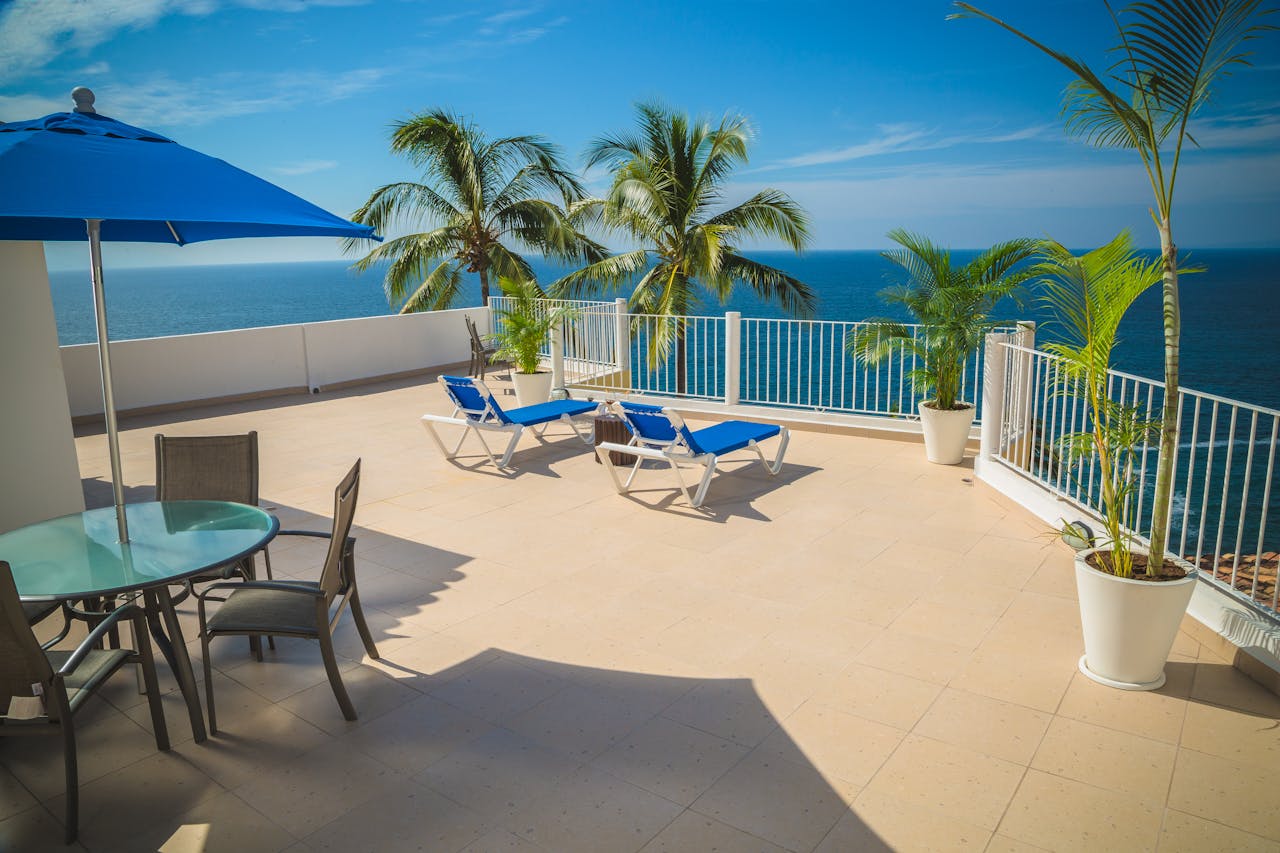to thrive in the market, providing reliable shelter for years to come.

As we explore the many facets of HOA umbrellas, it’s essential to consider the various styles available in the market. From traditional designs that evoke a sense of nostalgia to contemporary iterations that embrace modern aesthetics, there is an HOA umbrella for every taste. Some models feature intricate details and finishes that showcase the craftsmanship involved in their production, while others may present a more streamlined silhouette that caters to minimalistic preferences.
The sustainability aspects of wooden outdoor furniture have become increasingly important to consumers as environmental awareness grows. The source of the wood, the manufacturing processes used, and the potential for eventual recycling or biodegradation all factor into the environmental footprint of wooden furniture. Certification systems like the Forest Stewardship Council (FSC) provide assurance that wood comes from responsibly managed forests, where harvesting practices maintain the ecosystem’s health and support the communities that depend on forest resources. Choosing furniture made from certified woods supports sustainable forestry practices and helps protect vulnerable forest ecosystems around the world.
Maintenance requirements must align with user capabilities and care preferences. Sunbrella fabric requires minimal attention beyond basic cleaning, making it an ideal choice for users seeking low-maintenance options. Storage needs vary significantly – some models can remain outdoors year-round with protective covers, while others may benefit from removal and storage during off-seasons or severe weather.
Moreover, the installation of commercial patio umbrellas can be complemented by additional features that increase dining table their functionality. For instance, some umbrellas come with built-in lighting, allowing for extended use into the evening hours. Others may have heating elements or wind-resistant designs that ensure stability during breezy conditions. These added features can make outdoor areas more appealing and usable throughout the day and evening, further driving customer engagement.
The longevity of quality wooden outdoor furniture represents perhaps its greatest sustainability advantage. While plastic furniture may initially seem more economical, its dining table relatively short lifespan means it must be replaced frequently, generating waste and requiring additional resources for manufacturing replacement pieces. Well-made wooden furniture, by contrast, can last for decades or even generations with proper care, distributing its environmental impact over a much longer period of use. When wooden furniture does eventually reach the end of its useful life, the material can often be repurposed, recycled, or allowed to biodegrade naturally, returning to the earth in a way that synthetic materials cannot.
Regular cleaning dining table prevents dirt buildup that can damage both wood and fabric. For routine maintenance, simply rinse the teak with clean water and wipe down with a soft cloth. For deeper cleaning, use mild soap and water with a soft brush, scrubbing Libeccio Table with the grain rather than against it. Avoid pressure washers or harsh chemicals that might damage the wood’s natural oils.


